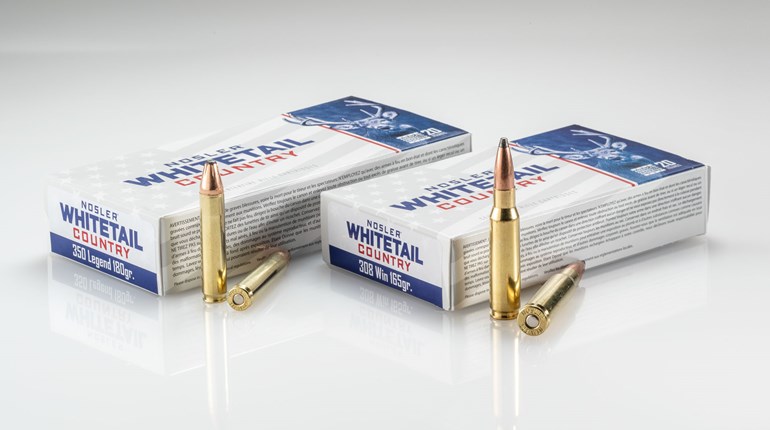
Last year, I attended a long-range shooting course conducted by Outdoors Solution. This course taught me and another dozen or so students intermediate and advanced fundamentals of landing shots out to 1,000 yards. The course was situated on a beautiful trophy deer hunting range with terrific views of both landscape and wildlife. During our range briefing, the instructors made it a point to mention that if a coyote is spotted during the firing session, we were to turn our rifle over to an instructor to take care of it. The procedure made sense to me, as a coyote on the grounds could cost the rancher thousands of dollars if it kills a trophy buck. However, part of me was disappointed that students with a valid hunting license couldn’t take the shot, because that would be one heck of a way to learn unknown distance shooting.
Instances such as these are often referred to as “teachable moments,” and I am a firm believer that nothing cements information into a student’s brain quite like them. These unique situations and minor inconveniences present themselves during the course of our daily routine—often with an easy-to-digest lesson. Teachable moments are present in all things that we do—including shooting.
With more than 10 years of instruction under my belt, I have learned to spot these instances and use them to demonstrate what should and shouldn’t be done in a given circumstance. These moments generally lead to an interesting and unscripted lesson that may or may not be part of the given course. These moments also define instructors—nailing the lesson builds students’ confidence in you and your teachings. Conversely, these moments can also illuminate a teacher’s weak points. I like to use them as an impromptu evaluation of my staff.
On the firing line, the most prevalent teachable moment that we experience is a stoppage. This unplanned interruption of the ammunition-feeding cycle is likely to occur when using firearms chambered in .22 Long Rifle. Aside from its low cost and recoil, this is the exact reason we use .22 LR while training new shooters. Sure, we can set up a malfunction and have the students clear it when prompted to do so—but that sidesteps some of the things that will be felt and heard during that disappointing trigger squeeze. It also sidesteps the minor heart attack a new shooter has when they have their first jam. Watching their reaction instantly takes me back to my first stoppage. There simply is no way to simulate those feelings, and a “real” jam also helps to show students how easy they are to clear.
Another great teachable moment is the first reaction that a student has when someone next to them fires a shot. This is exacerbated when the lesson is indoors, but will work at an outdoor range, too. When a shooter hears that first shot, they typically jump a little bit, both figuratively and literally. I take this opportunity to remind the student that the body reacts to gunfire, whether it is from a third party or their own firearm. Some of the fundamentals of marksmanship appear abstract, and therefore, unbelievable. However, when a student learns that loud noises trigger the fight or flight reaction (yes, even with hearing protection on), they suddenly become more receptive to the concepts of a slow, unconcerned trigger press and follow-through.
Teachable moments aren’t just limited to skills development, either. An opportunistic instructor will also be able to identify these instances with respect to equipment. Many students have seen my scope mounting process in its entirety, simply by walking into a course with an optic that was put on incorrectly. There have been optics that “wiggled” in our NRA Basic Rifle courses and even our Long-Range Shooting courses. In these instances, I direct the student to peer through the scope and put the crosshairs on a 100-yard target. While firmly grasping the rifle, I jiggle the scope and wait for the “Wow!” exclamation. This demonstration not only shows the importance of proper scope mounting, but also the tiny margin of error a shooter has when trying to produce a sub-MOA group. While I would never intentionally loosen up a student’s scope for the sake of demonstration—if it’s already loose, I’d be a poor instructor if I didn’t point it out.
Learning on the fly has a lot of different faces and it often make things fun from a training perspective. While instructors want things to go as smoothly as possible, it’s moments like these that make our job interesting beyond a routine lesson plan. I enjoy them so much that I have been known to purposely run problematic ammunition in my own guns to help me develop faster clearing skills and perfect drills like “tap-rack-assess.” On a deeper note, occasions like these help to mold your overall way of thinking, and eventually you will welcome adversity as an opportunity to learn and grow.
Read more: 3 Things I Always Tell New Students About Firearms Training



































